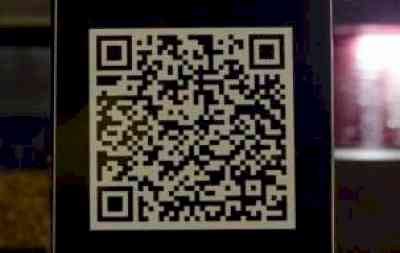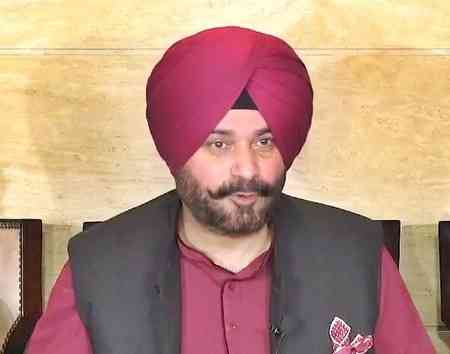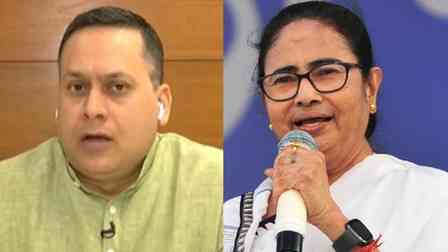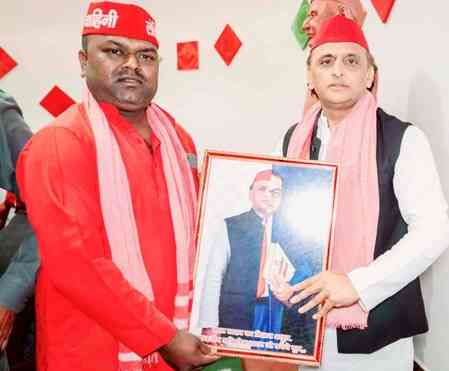Ballot boxes with QR codes to be used in Bengal panchayat polls
While it is now certain that the polls for the forthcoming three-tier panchayat system in West Bengal will be conducted using paper ballots instead of electronic voting machines (EVMs), the West Bengal State Election Commission (WBSEC) has now decided to use ballot boxes with special QR codes for the elections.

Kolkata, Feb 4 (IANS) While it is now certain that the polls for the forthcoming three-tier panchayat system in West Bengal will be conducted using paper ballots instead of electronic voting machines (EVMs), the West Bengal State Election Commission (WBSEC) has now decided to use ballot boxes with special QR codes for the elections.
Sources in the WBSEC said that each polling booth will have four ballot boxes, one big-size box for panchayat samiti tier, one medium-size box for village panchayat tier and two small-size boxes for zilla parishad tier.
"Each ballot box will have an unique QR code having the tier-wise, booth-wise and district-wise details, which will also be available at the election commission's portal. So the office of the election commission will have the entire details of which ballot box has been allotted for which tier and for which booth and in which district. This will make the system transparent and will address the allegations of changes in the ballot box before counting," said a poll panel official who refused to be named.
However, the opposition BJP leaders feel that this is nothing but an eyewash.
According to senior state BJP leader Rahul Sinha, these initiatives will be fruitless unless the opposition parties are allowed to field candidates in each seat of each tier and the people are allowed to exercise their franchise without fear.
"That is why we are demanding deployment of central forces on the polling day as well as on the day of counting," he said.
The last panchayat polls were marred by massive violence with the total number of poll-related deaths recorded at 13.
There were several reports of burning of ballot boxes, booth capturing and bomb blasts. The rural civic body polls also witnessed several incidents of attacks on a number of journalists, some of whom were severely injured.


 IANS
IANS 










